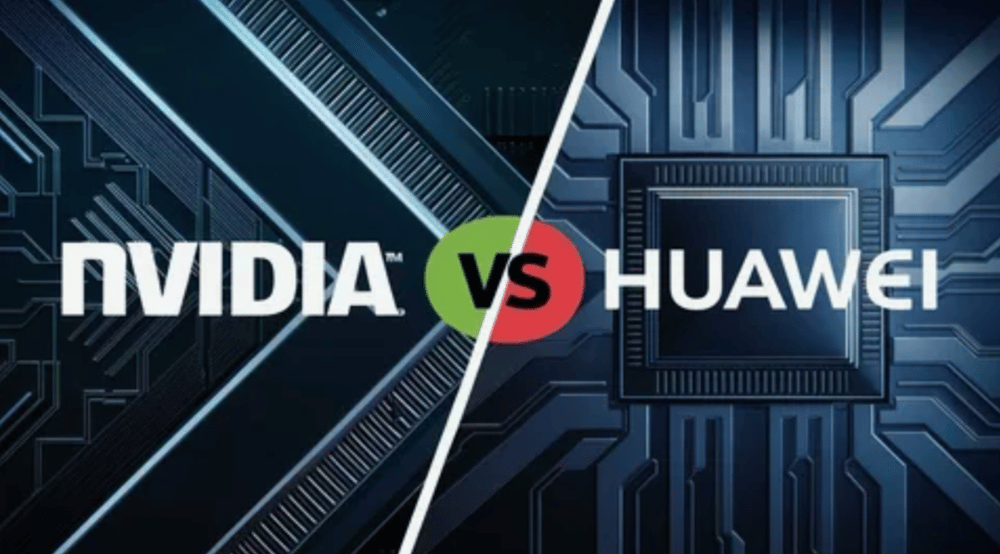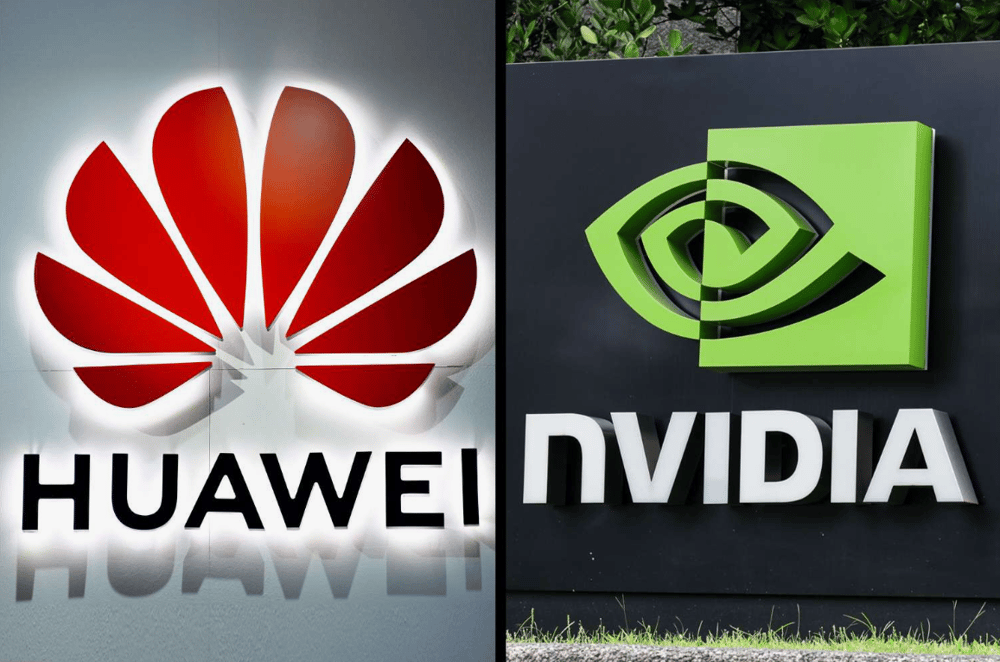

During a confidential session with the U.S. House Foreign Affairs Committee, Nvidia $NVDA CEO Jensen Huang reportedly raised red flags about Huawei Technologies Co.’s accelerating advancements in artificial intelligence hardware. The meeting, held behind closed doors, focused on Huawei’s expanding capabilities in AI chip development—an area increasingly viewed through the lens of national security and global tech rivalry.
As U.S. export restrictions tighten around Nvidia’s AI chips, a strategic void may be forming—one that Huawei could rapidly fill with its own hardware offerings. The concern, as highlighted during the discussion, is not merely technical competition but the broader implications for AI development ecosystems and market dynamics, especially if open-source AI models in China begin optimizing for Huawei’s chip architecture.
Sanctions as a Catalyst: U.S. restrictions on Nvidia’s AI chips in China may be accelerating domestic alternatives like Huawei’s Ascend line.
DeepSeek R1 as a Test Case: The possibility of Chinese foundational models, such as DeepSeek R1, being trained on Huawei hardware signals a pivotal shift.
Global Market Repercussions: Should performance parity be reached, demand for Huawei AI chips could grow beyond China, challenging Western chipmakers.
AI and Geopolitical Leverage: The nexus between advanced computing and global influence is deepening, elevating AI hardware to the level of strategic assets.
Policy Tensions: U.S. lawmakers are now grappling with whether export controls may unintentionally foster greater competition from adversarial ecosystems.
Huawei's potential to reshape the global AI chip landscape raises questions about how Western firms navigate increasingly bifurcated tech markets.

Increased State Support: Backed by substantial Chinese government investment, Huawei has scaled R&D in high-performance AI accelerators.
Optimization through Open-Source Models: If large language models in China are designed to run best on Huawei’s architecture, a closed-loop advantage may emerge.
Supply Chain Realignment: As Nvidia chips become scarce in China due to export controls, local developers are incentivized to adopt Huawei’s hardware stack.
Growing Ecosystem: Huawei is building not only chips but also software platforms and developer tools, positioning itself as a full-spectrum AI player.
Reduced Reliance on U.S. Tech: By advancing its chip capabilities, Huawei lessens dependency on U.S. suppliers—an outcome contrary to the goal of sanctions.
This structural shift underscores a rising technological bifurcation between East and West, with implications that reach beyond semiconductors.
While Nvidia remains a dominant force in AI acceleration globally, the rapid development of Huawei’s hardware portfolio presents a potential realignment. The emergence of AI models trained on alternative architectures could create fragmentation in global AI standards and toolchains.
U.S. export controls, initially intended to curb China's AI progress, may be accelerating the development of indigenous hardware solutions that could challenge U.S. dominance in the long run. These developments put U.S. policymakers in a complex bind—balancing short-term strategic restrictions with the long-term risk of fostering robust competition abroad.
Innovative investment strategies like these are setting in motion a transformative wave in the tech sector